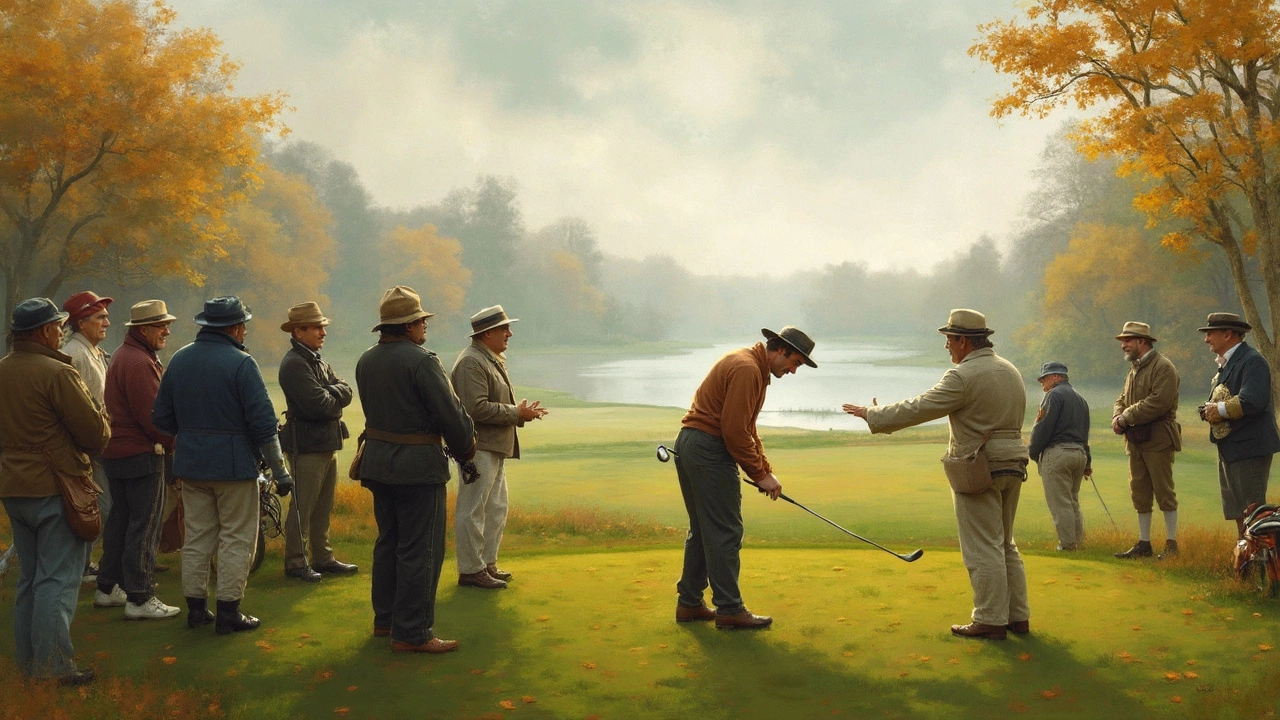
Bad Golf Shot: What’s Wrong and How to Fix It
Ever hit a ball that flies left, drops short, or just won’t go where you want? You’re not alone. A bad golf shot can feel like a punch to the confidence, but the good news is it’s usually a simple fix. Below we break down the most common reasons a shot goes wrong and give you practical drills to turn those mishaps into solid hits.
Why the Shot Went Bad
First, figure out what part of the swing is tripping you up. Most bad shots come from one of three places: grip, alignment, or tempo.
Grip. If your hands are too tight or too loose, the clubhead will twist at impact. A common sign is a slice that veers far right for right‑handed players. Try loosening your grip just enough so you can see two knuckles on your left hand.
Alignment. Many players aim their feet correctly but point the clubface at a different angle. This mismatch makes the ball drift. Before each shot, line up a club on the ground parallel to your target line and make sure your feet, hips, and shoulders follow the same direction.
Tempo. Rushing the downswing usually creates a jerky strike and a low‑trajectory ball. Count “1‑2‑3” in your head: 1 for the backswing, 2 for the transition, 3 for the follow‑through. A smooth count helps keep the swing rhythm steady.
Quick Drills to Stop Bad Shots
Once you know the culprit, use these drills on the range. They take only a few minutes but give fast feedback.
Grip Pressure Drill. Hold a towel with your fingers around the club. The towel should stay flat as you swing. If it flips, you’re gripping too hard. Adjust until the towel stays steady.
Alignment Stick Drill. Place two alignment sticks: one along the target line, the other across your feet. Practice hitting balls while keeping the clubface square to the target stick. This visual cue trains your body to line up correctly.
Metronome Swing Drill. Set a metronome to 60 beats per minute. Swing on beat 1, pause on beat 2, then hit on beat 3. The pause forces a slower, more controlled downswing and eliminates the rush that causes a bad shot.
In addition to physical drills, a quick mental reset can stop a string of poor shots. After a bad hit, take a deep breath, walk to your ball, and repeat your pre‑shot routine. Consistency in routine tells your brain it’s time to start fresh, not to dwell on the mistake.
Finally, keep track of the bad shots you make. Write down the club, the lie, and what felt off. Over a week you’ll spot patterns – maybe a slice on the driver or a low draw with the iron. Knowing the pattern helps you choose the right drill faster.
Bad golf shots are annoying, but they’re also a sign that something’s out of sync. By checking grip, alignment, and tempo, then applying a simple drill, you can turn those frustrating moments into reliable, confident swings. Keep practicing, stay patient, and watch your scores improve.
